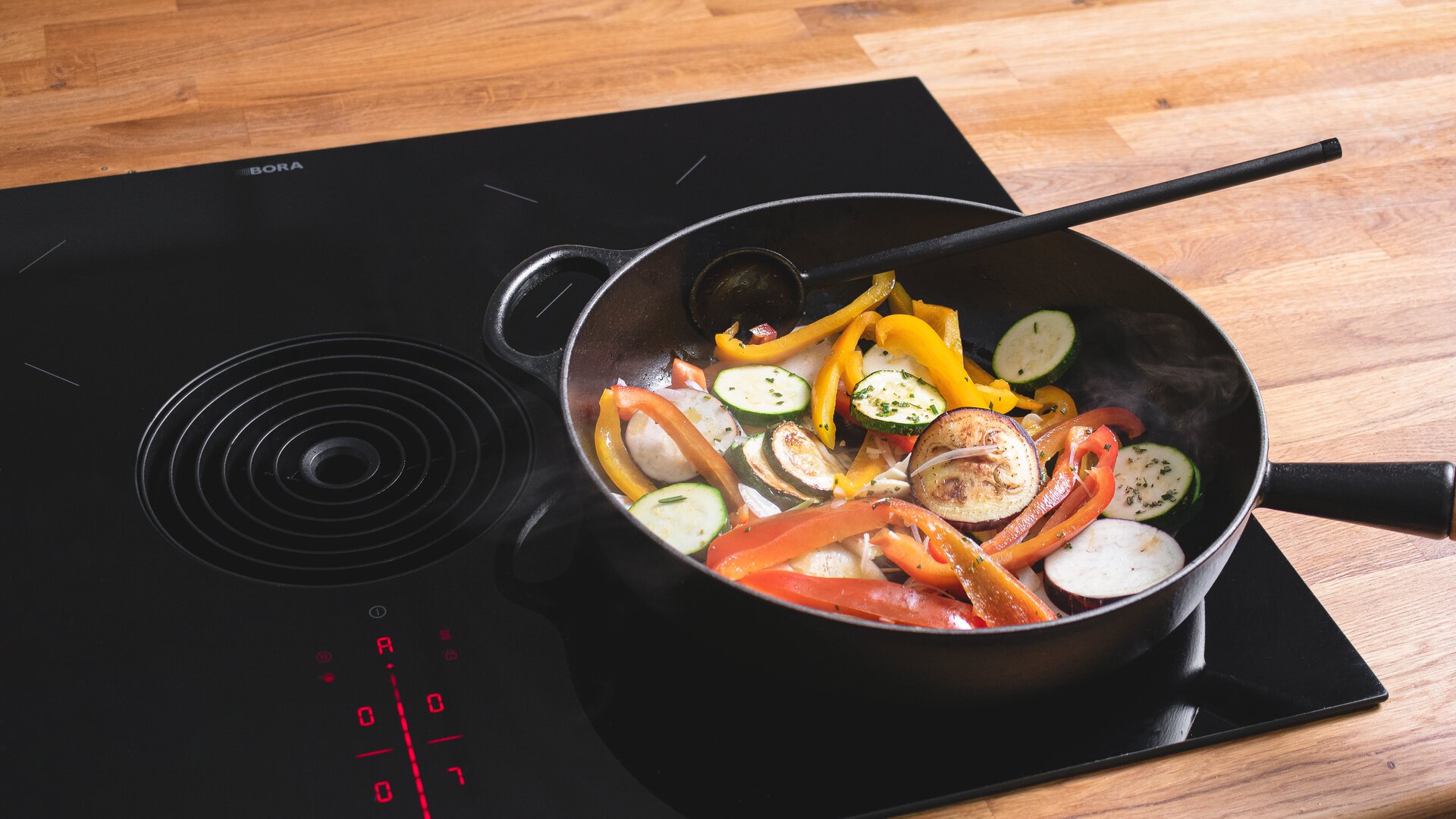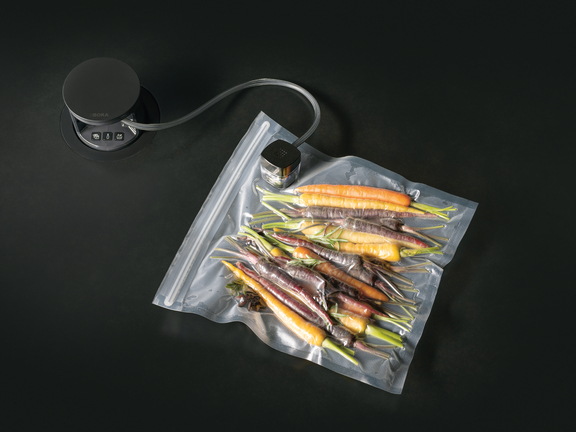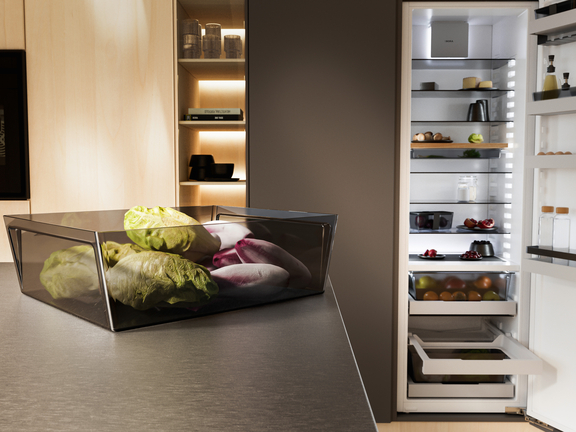

What’s left over after dinner can be cleverly transformed: using leftovers not only saves resources but is also a great way of trying out new, creative recipes. For instance, you can transform the rest of your Sunday roast into a colourful stir-fry with crunchy veg or make crispy fritters from potatoes and rice in a flash. To ensure that leftovers are used wisely, how you store them also plays an important role. Storing cooked food safely extends its shelf life and enables you to conjure up another delicious dish a day or two later. We show you what you can make with leftovers and how to make them last longer.
931 million tonnes: that’s how much food ends up being thrown out worldwide every year. That corresponds roughly to 17% of the global food production. In Europe alone, the average amount of discarded food and products per capita is 113 kg. This means that valuable resources are wasted: farming and transport require large amounts of water, energy, land and labour.

However, it is often totally unnecessary to dispose of leftovers. Conscientious food storage and use of leftovers minimises waste, saves money and expands your meal plan. All you need is a few creative ideas for delicious recipes using leftovers and the odd accessory or two.
Tip: to avoid food waste in general, it is important to think about only taking home what you actually need when you’re doing your food shop. Meal plans can help with this. Leftovers can be included in the plan. This means that less food ends up in the bin, helping sustainability and your finances.
Eyes bigger than your belly or gone overboard with the Sunday roast? There’s no need to throw away leftover meat and veg as you can conjure up a whole host of culinary delights in a flash. Using leftovers not only saves resources and money, but also a great deal of time. Looking for ideas?
Countless culinary delights can also be made from classic leftovers. Pasta can be mixed with colourful veg and egg to make a quick lunch, mashed potato turned into croquettes and rice combined with leftover veg and egg to make fritters.
Whether fresh or dry goods, cooked or raw foods: proper storage is essential to ensure safe use of leftover food. If you plan to use it the following day, as a rule, you can simply store it in the refrigerator. This also applies to many fresh products. But be careful: not everything that comes straight from the supermarket needs to be stored there. Tomatoes, bananas and oranges should not be chilled. For lasting freshness, it’s worth knowing how to safely store food in the refrigerator.

Can’t use the leftovers the next day? Many leftovers can be frozen. This applies to cooked meat, most vegetable varieties and sauces, stocks and cheese.
Important: raw potatoes do not belong in the freezer. They can go mushy and acquire a sweet flavour. You should also use eggs up promptly. In the case of raw eggs, there is a risk of them cracking as the liquid expands with the cold. Cooked eggs will go rubbery.
Items that shouldn’t go in the fridge, go in the larder: opened pasta packets, oats and flour, as well as open herbs and spices should be kept in a dry, dark place. Tip: transfer leftovers to storage boxes or preserving jars. This prevents food moths from getting at them and they will keep for longer.
In principle
So that cooked leftovers stay fresh for longer, let them cool and then put them in the refrigerator as soon as possible. Tip: BORA refrigeration systems work with convection cooling which ensures an even temperature distribution and keeps cold temperatures stable. This means that food stays fresh for longer and you can still use many of yesterday’s leftovers a few days later.
Fresh food that you can’t use up quickly enough keeps considerably longer if vacuum sealed. With the BORA QVac built-in vacuum sealer, you can do that in a flash. Bonus: you can also use the system to marinate leftover meat and veg and give it a completely new flavour.
Creativity knows no bounds. Dry toast or rolls can be combined with sugar, eggs and milk to make poor knights of Windsor. Raw or cooked leftover veg can be whipped into a creamy soup in a jiffy. Wilted lettuce or spinach can be blended with fruit to make a green smoothie.
Try using leftover food in different ways: to make innovative recipes, mix together ingredients that at first glance don’t go together. For instance, apple and strong cheese make a great team. You can create a summery salad with leftover melon and feta.
Freezing, canning, vacuum sealing, drying: there are many ways to preserve food. Fruit and vegetables can be canned and meat and fish can be vacuum sealed. Virtually all foods keep considerably longer after a few hours in an automatic dryer or in the oven on a low heat.
From leaves to cores, (almost) everything is edible: that’s the idea behind the food upcycling trend. For instance, kohlrabi, cauliflower and celeriac leaves are all edible, as are mango, orange, lemon and kiwi peel or melon and papaya seeds. But be careful: if you want to eat or reuse the peel, it’s best to opt for organic varieties.